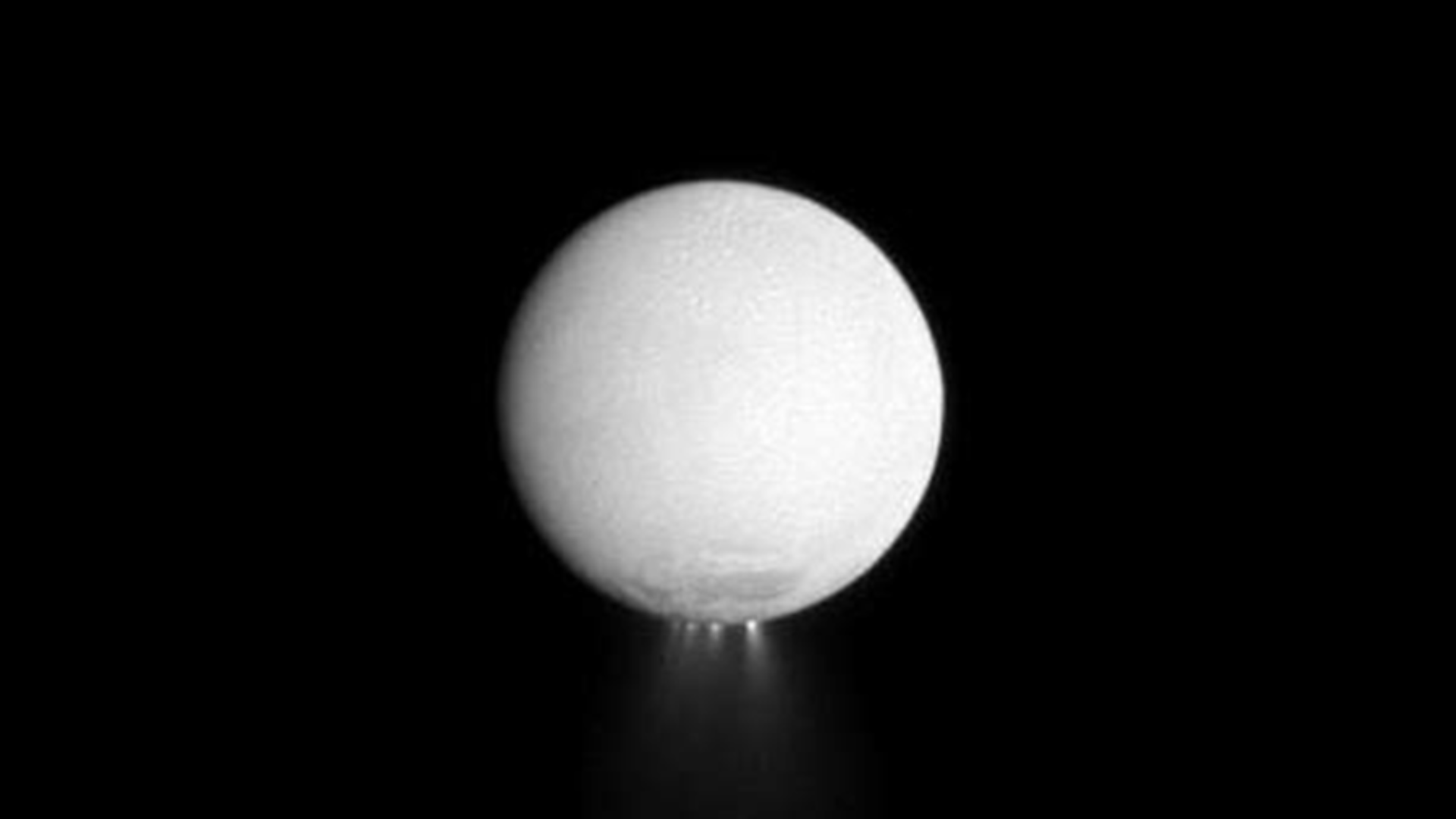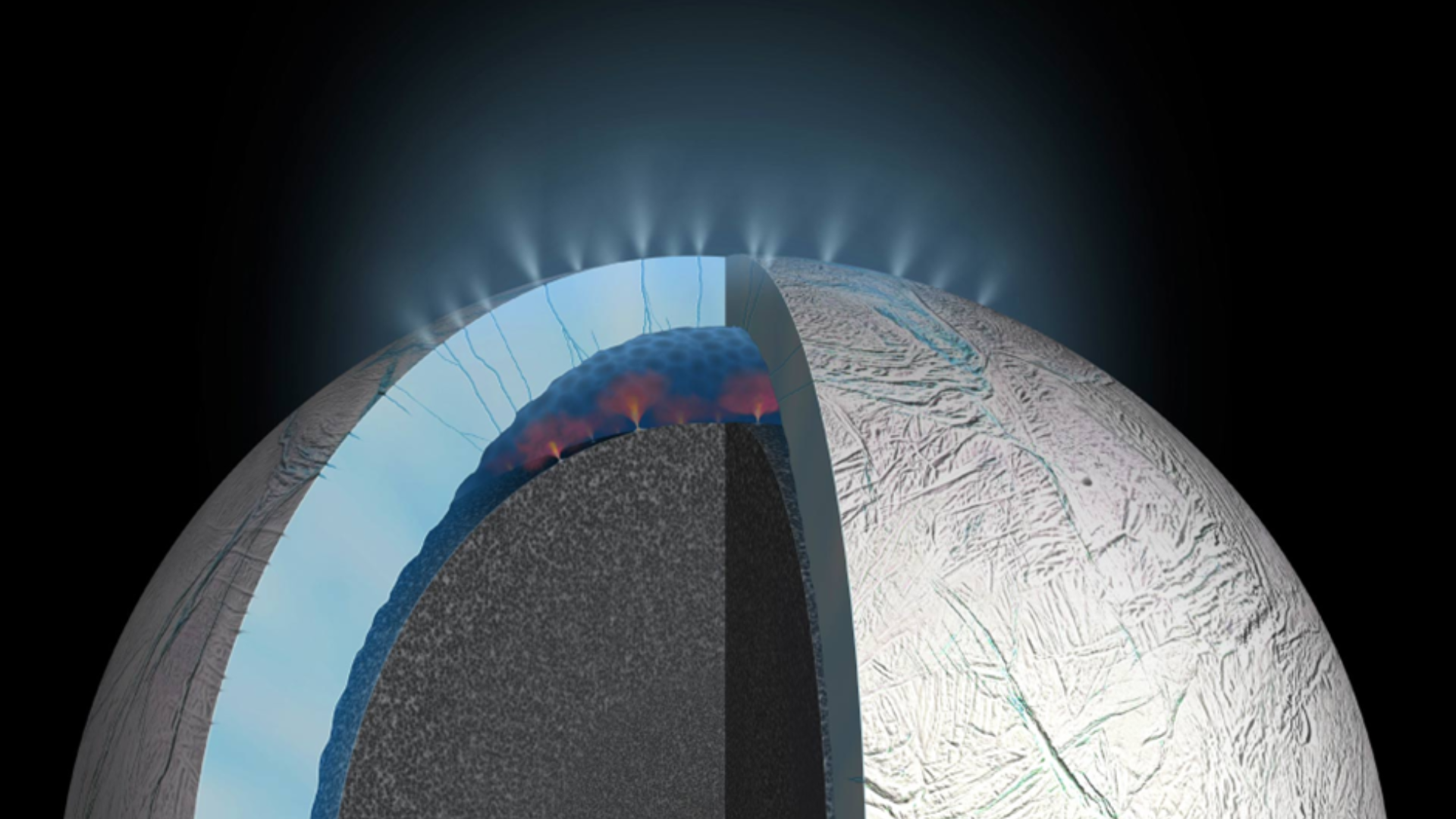Tigfusion/UltraHighVacuum.com manufacture reaction chamber for the Open University to simulate environment on Saturn's moon, Enceladus.
New research that will inform the search for life elsewhere in our Solar System is being conducted at the Open University (OU) using a bespoke reaction chamber built by Tigfusion. Huge geysers of ice and gas erupting from the south pole of Saturn’s moon Enceladus (pictured) were sampled by the NASA/ESA Cassini mission between 2004 and 2017. Cassini discovered that the plumes originate from an ocean of liquid water beneath Enceladus’s icy crust that contains the necessary conditions to support microbial life. Motivated by the possibility that extraterrestrial may exist under the surface of a moon of Saturn, missions are now being planned by international space agencies, such as NASA and ESA, to return to Enceladus to directly search for evidence of life ejected in the plumes.
A new set of experiments, led by Mark Fox-Powell and Dominic Siggs at the OU and enabled by a Tigfusion reactor, will simulate the conditions at the ocean surface deep within vents in the moon’s ice crust. It’s here that ocean waters are aerosolised by vigorous bubbling before being ejected as particles of ice in the plumes. Their work seeks to understand how biosignatures – traces of microbial life – can become entrained into these microscopic plume particles and thus erupted into space, laying the groundwork for future space missions.

Picture caption: Enceladus and its dramatic ice plumes, as imaged by the Cassini spacecraft. Image credit: NASA JPL/Cassini

Picture caption: Cutaway artist’s impression of Enceladus, showing the subsurface ocean, where hydrothermal activity is supplying the ocean with potentially life-giving chemistry, and the ice shell, where narrow vents feed the plumes. Image credit: NASA